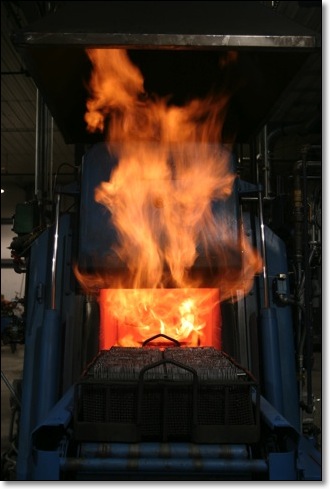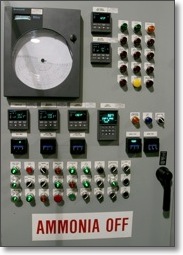



Gas Carburizing adds carbon to the surface of parts to achieve a very high surface hardness.
For most materials, the subsurface becomes a tough, ductile core. The depth of surface hardening is typically specified between .005" to .125'".
Carburized depth (case hardened depth) can be increased with either time or temperature. A quality heat treater will determine the proper processing parameters to achieve the desired properties at minimal cost.
Carbonitriding adds both carbon and nitrogen to the surface of parts. It is typically performed on low carbon and low alloy steels. Case depths are generally limited to .030" deep.
Both gas carburized and carbonitrided parts can be cryogenically treated to further improve were resistance and dimensional stability.
Neutral hardening, also known as quench and temper, increases the hardness and strength of certain steels while not changing the surface chemistry.
For most materials, the subsurface becomes a tough, ductile core. The depth of surface hardening is typically specified between .005" to .125'".
Carburized depth (case hardened depth) can be increased with either time or temperature. A quality heat treater will determine the proper processing parameters to achieve the desired properties at minimal cost.
Carbonitriding adds both carbon and nitrogen to the surface of parts. It is typically performed on low carbon and low alloy steels. Case depths are generally limited to .030" deep.
Both gas carburized and carbonitrided parts can be cryogenically treated to further improve were resistance and dimensional stability.
Neutral hardening, also known as quench and temper, increases the hardness and strength of certain steels while not changing the surface chemistry.